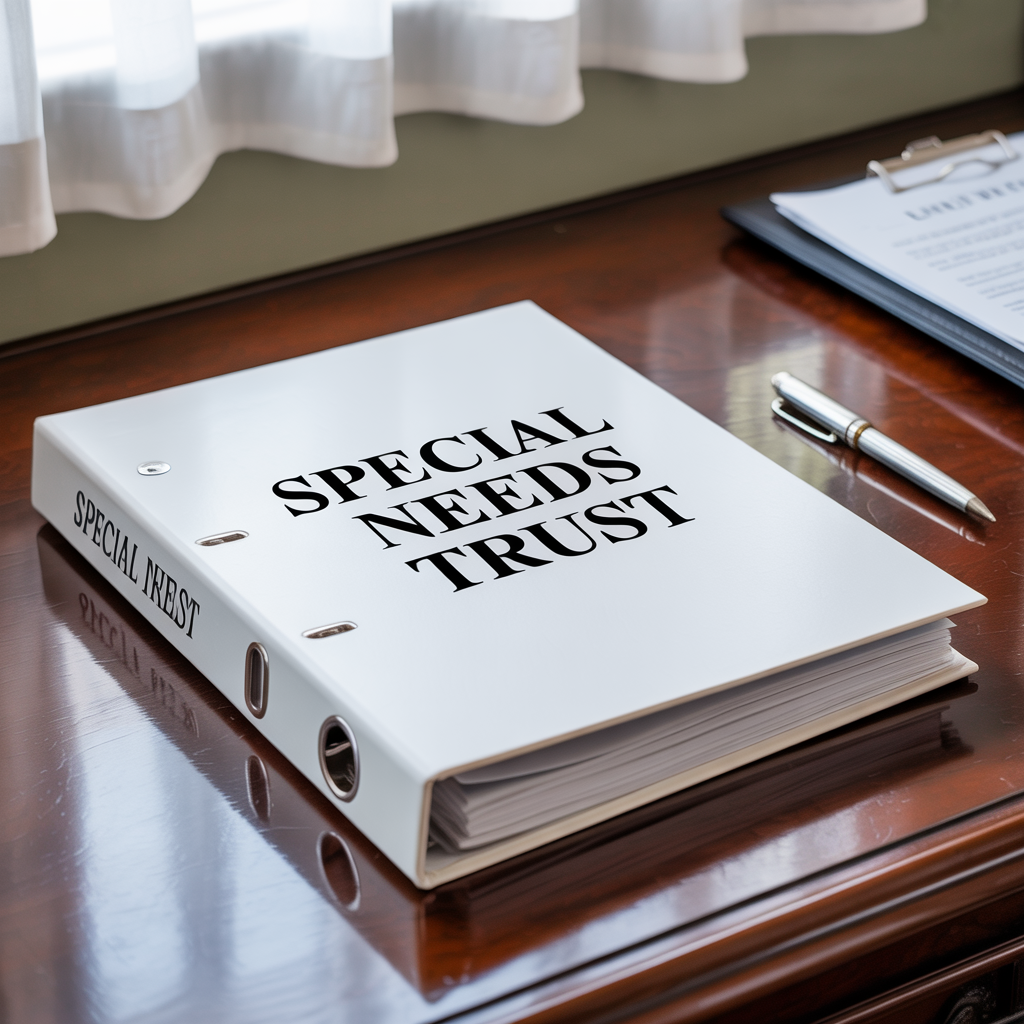I just completed our family’s special needs trust. It still feels a bit surreal typing that sentence. It took time, courage, and more late nights of research and emotion than I can count. But I want to share this with you — not because it’s easy, but because I know how many parents out there feel stuck, overwhelmed, or unsure where to begin.
Let me say this from the heart: you are not alone, and the most important thing you can do is take the first step.
It Begins with Love — and a Long To-Do List
Raising a child with special needs is a deep act of love, strength, and advocacy. But it also means facing realities that most parents never have to consider. What happens when we’re no longer here to guide or protect them? Who will help them navigate the world with the same care?
Those questions used to terrify me. But avoiding them only deepened my fear. Eventually, I realized that planning isn’t just about paperwork — it’s about peace of mind.
Why We Created a Special Needs Trust
Creating a special needs trust was part of building a broader family trust. This wasn’t just about finances — it was about safeguarding the life we’ve built for our child and empowering others to support them after we’re gone. It ensures that government benefits remain intact while still providing for their unique needs — housing, therapy, support services, even vacations.
It was emotional. But it was empowering. Because now we have a plan.
The Transition Years: Planning for Life After High School
As outlined in The Complete Parent’s Guide to Transition Planning, the journey doesn’t end at graduation — it begins a new phase. Transition planning officially starts at age 14 in Tennessee. That may seem early, but trust me, it flies by.
We began by focusing on small, achievable goals:
- Building self-awareness
- Teaching basic life skills
- Helping our child explore interests through community activities
- Encouraging self-advocacy in IEP meetings
It wasn’t always smooth. But it was always worth it.
It Takes a Village: Finding the Right Resources
We leaned on experts, family, and faith. We found strength in connecting with others walking similar paths — parents, teachers, case managers, even vocational rehab counselors.
Here are some amazing resources that helped us:
- TransitionTN.org
- Exceptional Lives
- Understood.org
- Local school district transition coordinators
And if you’re not sure where to start or just need a guide to help you through the process, you can reach out to Stella. Stella can provide you with all the resources you need to move forward — whether you’re looking for free tools, worksheets, and local supports or considering paid services like legal help, financial planning, or case coordination. You don’t have to search alone.
You Can Do This. Just Start.
I didn’t know everything when we began. I still don’t. But I know this: your child deserves a future filled with possibility, independence, and dignity. And you have what it takes to help them get there.
Start by asking one question: What’s one small step I can take today?
Maybe it’s calling a lawyer about a trust. Maybe it’s reviewing your child’s IEP. Maybe it’s just breathing deeply and giving yourself grace.
No step is too small. And no parent has to walk this path alone.
From One Parent to Another
If you’re reading this, know that you’re seen. You’re doing the hard work of showing up, every day, for a child who depends on you in ways most people can’t imagine. That takes courage. That takes heart.
And the truth is — it all begins with one brave step. You’ve got this.
With hope and solidarity,
A fellow parent on the journey, Dave 💙
